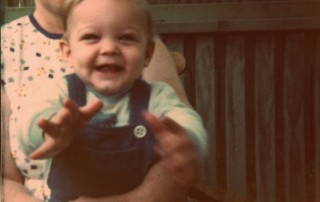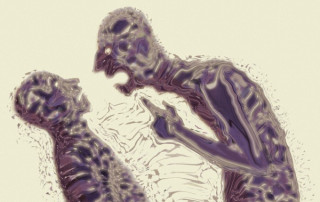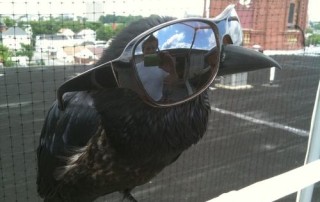Middle Adulthood: The Lost Child
What About Middle Age? It seems that most research and attention is spent on issues facing children, youth, and the elderly, with middle adulthood bringing up the rear. I believe this has given rise to a generation that feels displaced. If we use the analogy of a dysfunctional family and its varied roles, it would seem that middle aged adults fit well the mold of the lost child, the one who receives the least amount of attention, creates the least amount of trouble, but is also the least connected to the rest of the family. I believe that it is helpful to visualize those who face identity struggles, loneliness, existential angst, and learned helplessness during their middle adulthood years as lost children, robbed of their once-special status of being the new addition to the family but not quite mature enough to take on the role of the respected and revered older sibling. The dramatic language used to describe this phase of life, as demonstrated above, gives rise to the perception that crisis is a necessary part of mid-life. The word crisis, however, denotes a scenario that is infused with panic, pressure, and danger. Is this really the state of the […]
ADHD Journal Entry
A little ADHD journal entry I found on my computer: I wonder if all of the birds in this neighbourhood know each other. Is it always the same ones screaming their lungs out just beyond my bedroom window at sunrise? I don’t think birds even live in families but if not, do they at least hang out and have best friends or birds that are cool? What would a cool robin look like? I have a really hard time picturing a cool robin. They seem kind of prim and proper and boring. We’ve got these blue jays that live in the trees in our backyard but they are just a bit too screechy to be considered cool. I think blue jays are like bird hipsters. They dress outlandishly but try to play it off like it’s no big deal. Well it is a big deal. I think the ultimate cool must be a hawk. Don’t make much noise but everybody knows when they’re around. Crows are like the kids who want all the other birds to think they run the show. They make a bunch of noise, bully the other birds, and even look pretty sweet, all in black, shiny […]










Recent Comments